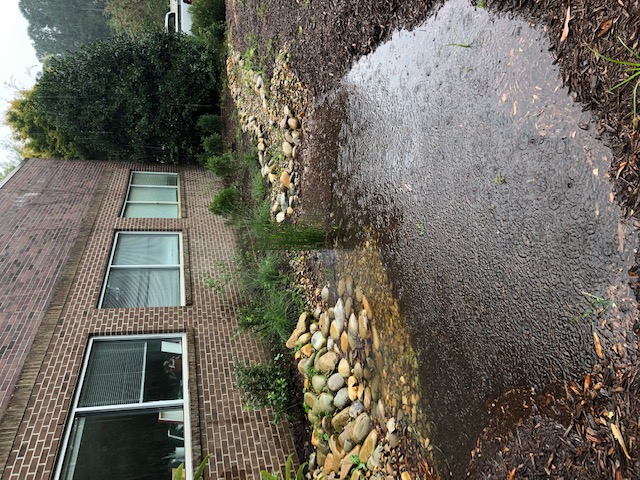Rain Gardens
go.ncsu.edu/readext?825003
en Español / em Português
El inglés es el idioma de control de esta página. En la medida en que haya algún conflicto entre la traducción al inglés y la traducción, el inglés prevalece.
Al hacer clic en el enlace de traducción se activa un servicio de traducción gratuito para convertir la página al español. Al igual que con cualquier traducción por Internet, la conversión no es sensible al contexto y puede que no traduzca el texto en su significado original. NC State Extension no garantiza la exactitud del texto traducido. Por favor, tenga en cuenta que algunas aplicaciones y/o servicios pueden no funcionar como se espera cuando se traducen.
Português
Inglês é o idioma de controle desta página. Na medida que haja algum conflito entre o texto original em Inglês e a tradução, o Inglês prevalece.
Ao clicar no link de tradução, um serviço gratuito de tradução será ativado para converter a página para o Português. Como em qualquer tradução pela internet, a conversão não é sensivel ao contexto e pode não ocorrer a tradução para o significado orginal. O serviço de Extensão da Carolina do Norte (NC State Extension) não garante a exatidão do texto traduzido. Por favor, observe que algumas funções ou serviços podem não funcionar como esperado após a tradução.
English
English is the controlling language of this page. To the extent there is any conflict between the English text and the translation, English controls.
Clicking on the translation link activates a free translation service to convert the page to Spanish. As with any Internet translation, the conversion is not context-sensitive and may not translate the text to its original meaning. NC State Extension does not guarantee the accuracy of the translated text. Please note that some applications and/or services may not function as expected when translated.
Collapse ▲ Rain Gardens can be an attractive and functional addition to any landscape. They slow and intercept the flow of stormwater from rooftops and driveways and then allow that water to infiltrate back into the ground. Adding a rain garden to your landscape can help protect local water quality.
Rain Gardens can be an attractive and functional addition to any landscape. They slow and intercept the flow of stormwater from rooftops and driveways and then allow that water to infiltrate back into the ground. Adding a rain garden to your landscape can help protect local water quality.
Here are some resources that may be helpful if you are considering adding a rain garden to your own yard:
Slides from the Rain Garden Workshop:
NC State Extension Rain Garden Manual
North Carolina Native Landscaping Design Plans: Coastal Landscapes Initiative
Plant Database: North Carolina Extension Gardener Plant Toolbox
North Carolina Landscaping Companies that are certified in Rain Garden Installation: List



